In recent days, heavy rainfall has occurred in many parts of my country, and some sections of the road have serious waterlogging. Motor vehicles often break down due to wading too deep. Among them, the battery and circuit safety issues of new energy vehicles when wading seriously are particularly concerned. What safety hazards may new energy vehicles have when wading?
New energy vehicles will have safety hazards after wading
Experts from the China Automotive Technology Research Center said that there are two major risks that need to be considered when electric vehicles wade. On the one hand, the high-voltage power system and other components of the vehicle may be directly damaged due to wading, and the insulation performance may also be reduced due to wading, posing a risk of leakage. On the other hand, the battery system. Generally speaking, the sealing and water immersion reliability of new battery system products are verified by strict standards. However, after the vehicle has been used for a period of time, the sealing of the battery system may decrease. In the case of wading in rainy days or low-lying areas, water may enter the battery pack.
Wang Fang, chief scientist of the China Automotive Technology Research Center: After the battery pack enters the water, it may corrode the internal structural parts and connectors of the battery system, resulting in reduced insulation performance and even possible battery short circuit and fire.
Do not start new energy vehicles after being soaked in water for a long time
Among new energy vehicles, pure electric vehicles account for the vast majority, including hydrogen fuel cell vehicles and plug-in hybrid vehicles. Experts said that new energy vehicles will undergo various rigorous tests when leaving the factory, and can be safely driven normally on rainy days. However, new energy vehicles that are stationary should never be started after being soaked in water.
In terms of vehicle experiments, according to national standards, passenger cars must travel 500 meters at a speed of 5 to 10 kilometers per hour in 100 mm high water for 3 to 6 minutes to assess the safety of vehicle wading.
Wang Fang, chief scientist of the China Automotive Technology Research Center: This assessment is mainly to test the insulation of the vehicle after wading. At present, new energy vehicle products running on the market are required to meet the relevant requirements of the standard. At the battery pack level, the national standard stipulates the relationship between the waterproof level of the battery pack and the height of its installation position from the ground on the vehicle. For example, when the height of the battery pack from the ground is less than 300 mm, the battery pack can be soaked in 1 meter deep water for 30 minutes. However, when the installation height is higher than 300 mm, this requirement will be reduced.
Experts pointed out that electric vehicles will undergo various rigorous tests before leaving the factory, and their safety is guaranteed. As long as the electric vehicles are manufactured by regular manufacturers and brands, they can be safely driven normally on rainy days. However, in extreme weather such as heavy rain, it is still necessary to try to avoid flooded roads, because once the circuit insulation performance of electric vehicles is reduced in the water, the safety hazards will increase sharply.
Experts also remind consumers that electric vehicles that are soaked in water must not be started. After the vehicles that are stationary are soaked in water, the bus around the chassis battery pack is soaked in water for a long time, and the probability of water leakage is high.
What should I do after the car is waded or flooded?
1. Ensure safety and contact the insurance company as soon as possible.
If the car is flooded, ensure safety and notify the insurance company that insures your vehicle as soon as possible. Many insurance companies will provide free road rescue services with the insurance, and there will be professional road rescue companies to transport the car to the repair shop. Do not move the vehicle by yourself, which may cause secondary damage.
2. Do not force start the vehicle when it is in water. Do not force start the vehicle when it is in water. Starting the vehicle in this situation may cause damage to the vehicle and the insurance company may refuse to pay the claim.

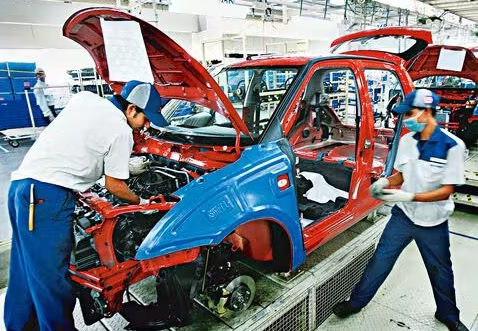

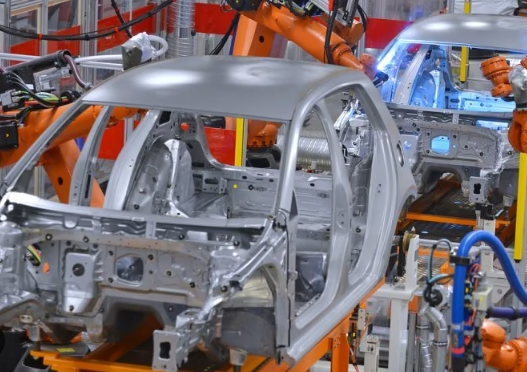
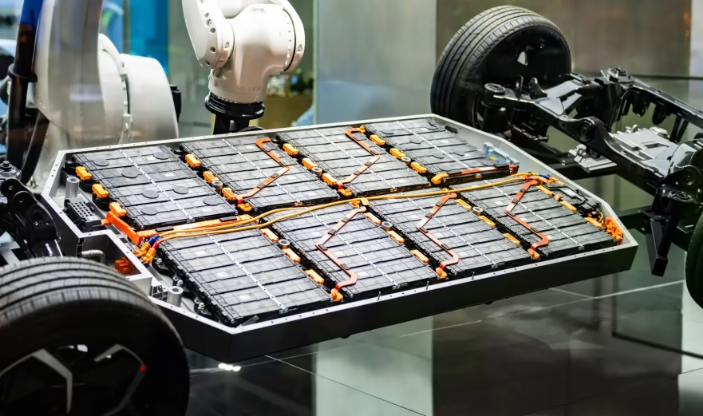
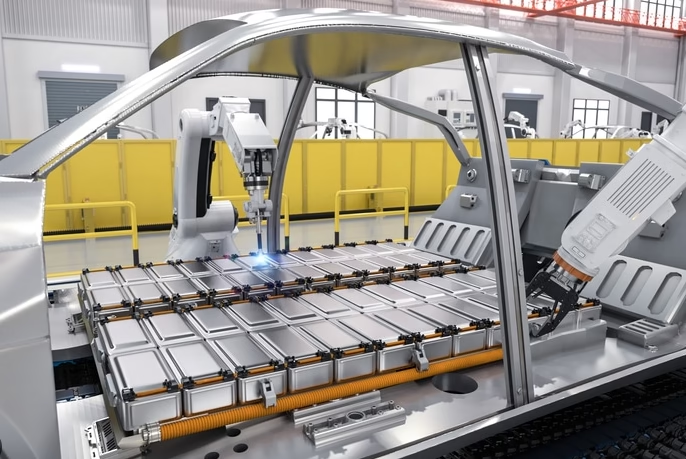
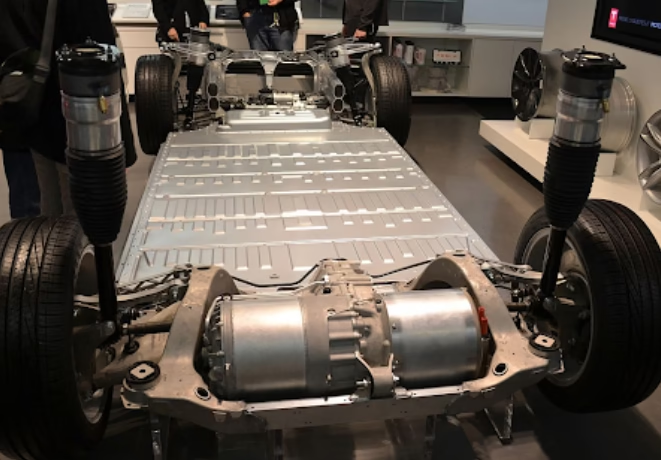

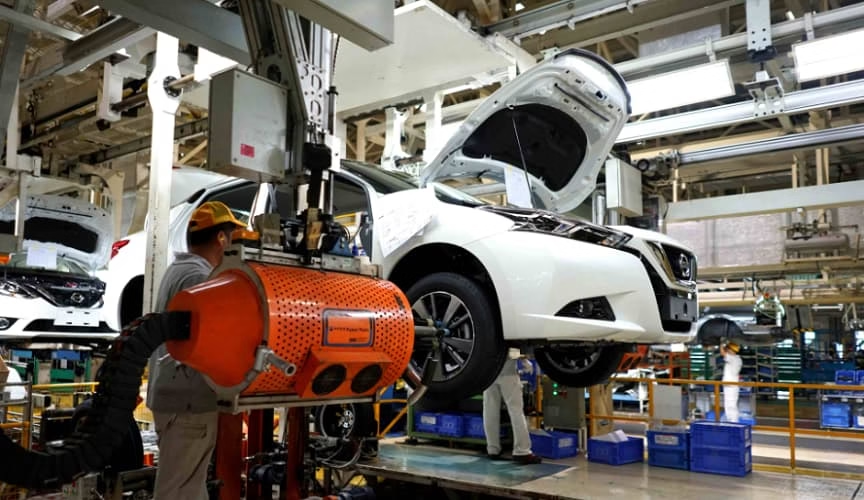
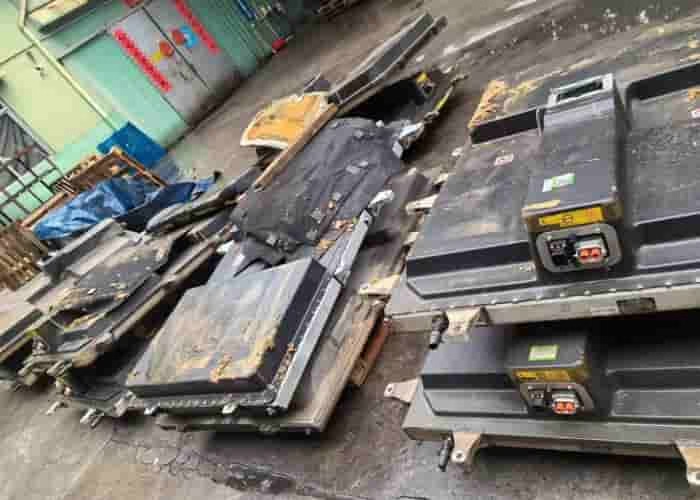


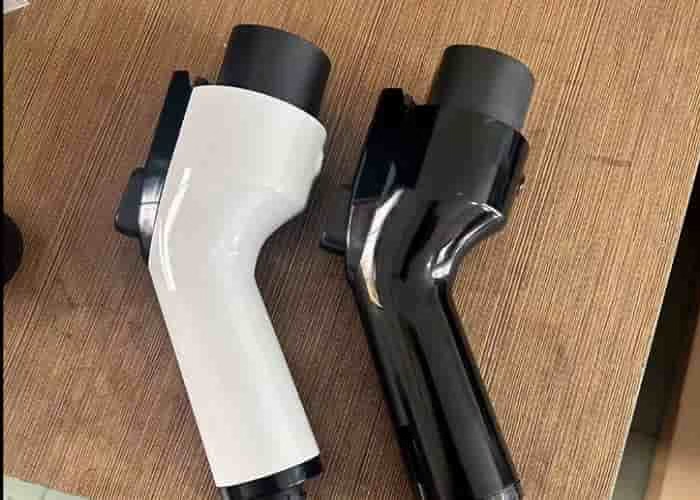


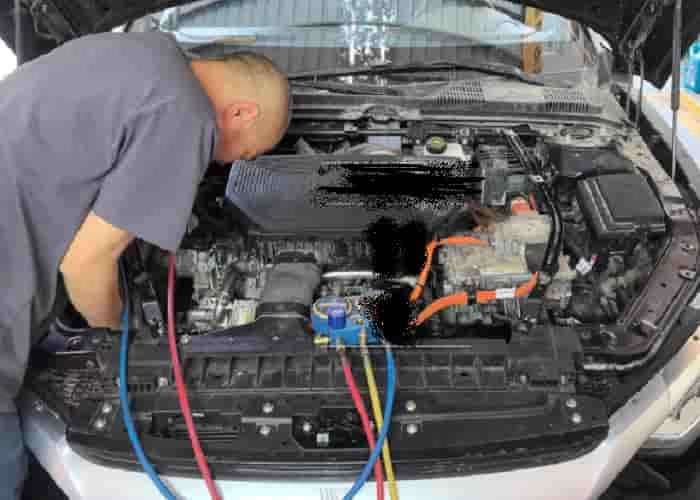
Leave a Reply